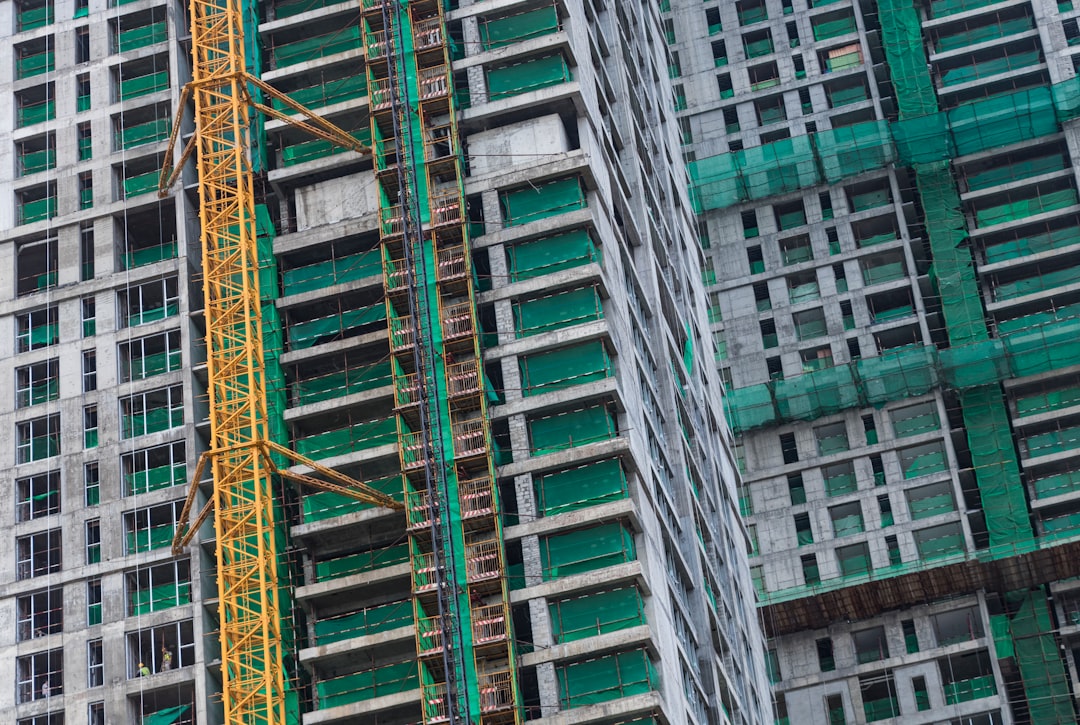The global residential construction market is on the cusp of an impressive transformation. Recent analysis reveals the sector is projected to soar from USD 4.92 trillion in 2024 to a staggering USD 8.01 trillion by 2034, growing at a healthy 5.00% compound annual growth rate (CAGR). This robust expansion is driven by a confluence of factors reshaping the way homes are built and lived in across the world.
A major catalyst behind this growth is the surging demand for affordable housing. Rapid urbanization and population growth in emerging economies are prompting governments and private developers to prioritize cost-effective, high-quality residential units. Initiatives aimed at making homeownership accessible to more people are fueling new construction projects in both urban and suburban settings.
Sustainability is another powerful trend shaping the residential construction market outlook through 2034. Homebuyers and regulators alike are pushing for green building practices that minimize environmental impact. The adoption of energy-efficient materials, solar panels, smart water management systems, and eco-friendly designs is becoming standard. These green building techniques not only reduce carbon footprints but also offer long-term cost savings for homeowners.
Technological innovation is accelerating change even further. The adoption of Building Information Modeling (BIM) is revolutionizing the planning, design, and management of residential construction projects. BIM technology streamlines communication, reduces errors, and enhances efficiency throughout the building process. Meanwhile, advances in 3D printing are beginning to make waves, with the potential to construct homes faster, more affordably, and with less waste than traditional methods.
North America, Asia-Pacific, and Europe are all significant players in this market’s expansion, with Asia-Pacific expected to lead growth due to its booming urban populations and infrastructure investments. However, the global nature of these trends means that innovative construction methods and sustainable practices are gaining traction in markets worldwide.
As the industry evolves, stakeholders from construction firms to homebuyers can expect to see smarter, greener, and more affordable homes becoming the new norm. The next decade promises a residential construction landscape that is not only larger in scale but also smarter, more sustainable, and better suited to the needs of a rapidly changing world.
Stay tuned as the global residential construction market continues its dynamic journey toward 2034, building a future where technology, sustainability, and affordability go hand in hand.
